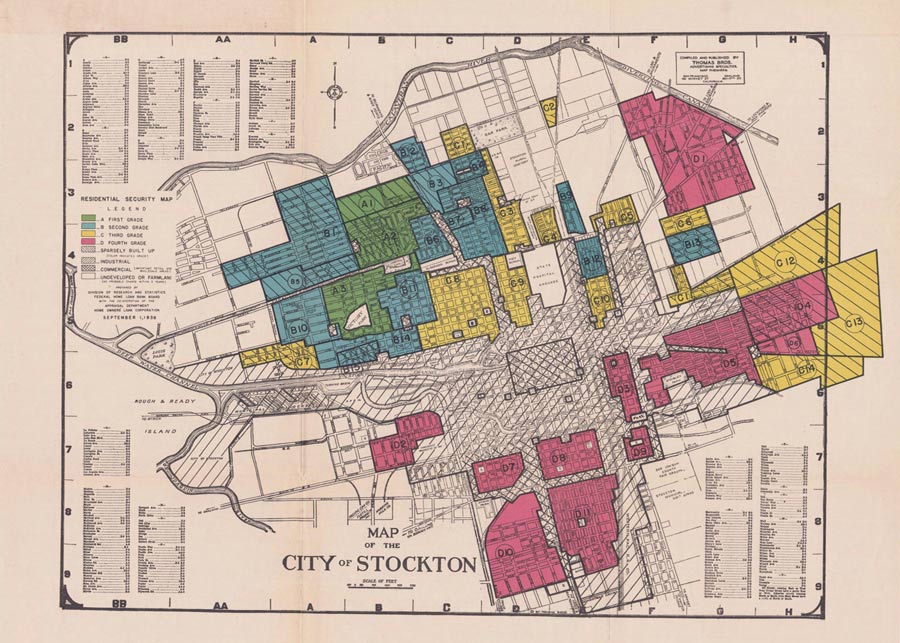Race & Ethnicity
$500 Group (Race)
Comparison Group (Race)
$500 Group (Ethnicity)
Comparison Group (Ethnicity)
“My Dad lost his house to foreclosure during the crisis. He never recovered and will never be the same. The light has gone out of his eyes.” — Anonymous SEED Recipient who had 4 different extended family members lose Stockton homes to foreclosure during the housing crisis.
How does this compare to the selected Census tracts of Stockton?
Why are Black and African American communities over-represented in SEED?
The United States has a long history of discriminatory policies that segregated neighborhoods by class and race. These policies included redlining, or when individuals in minority neighborhoods were denied mortgages, and racially restrictive covenants, which prohibited people of color from owning, leasing, or occupying certain pieces of property regardless of their income. Additionally, until 1976, many single women were prevented from accessing credit and mortgages without a man’s signature. Neighborhoods affected by redlining, racism, and sexism experienced the highest rates of mortgage foreclosure during the Great Recession.
Residential segregation and racialized concentrated poverty persist. It might be that households with fewer financial resources responded to SEED’s invitation letter and ultimately ended up in the $500 and comparison groups.
